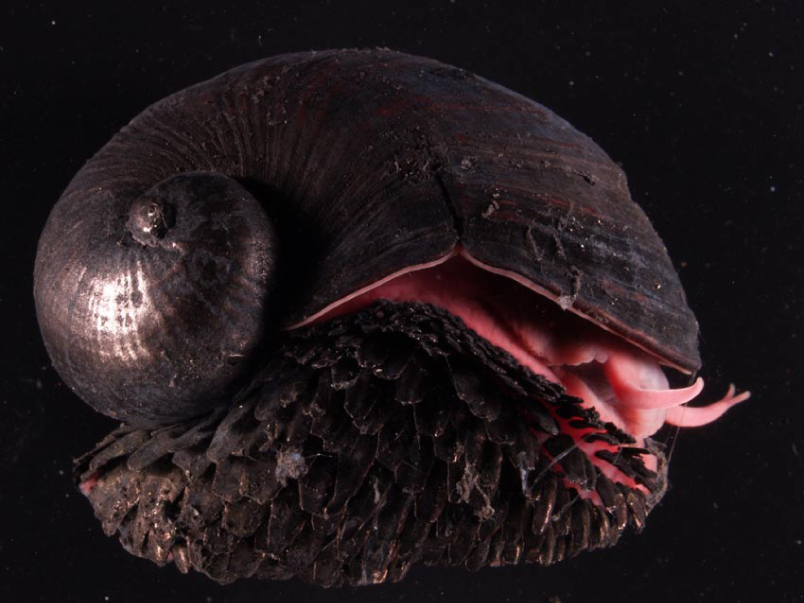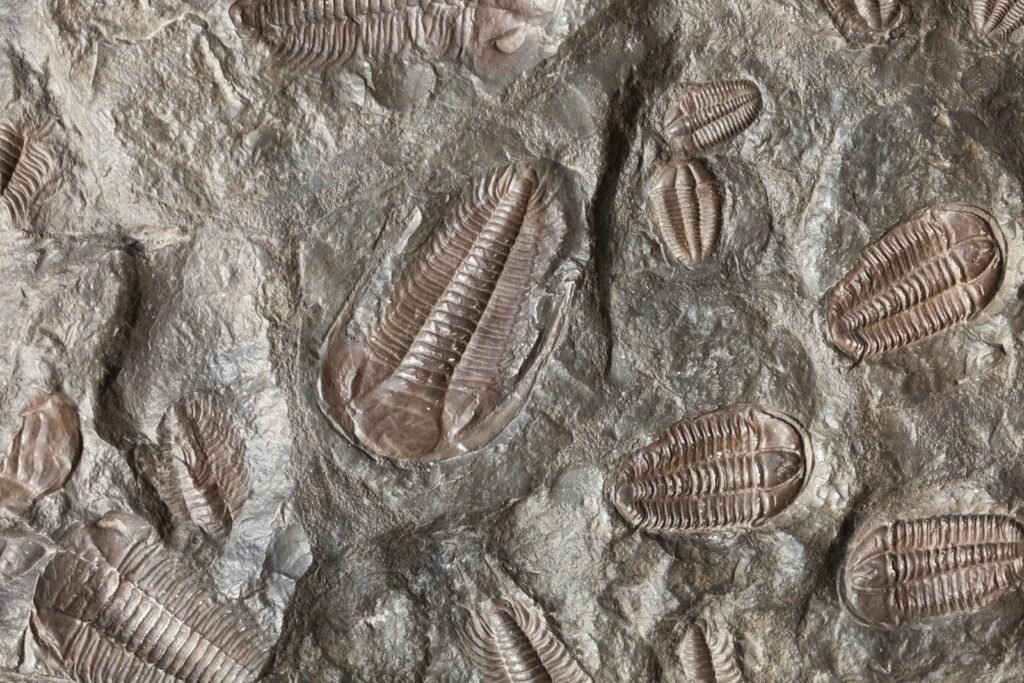Beneath the crushing pressures and near-boiling waters of the Indian Ocean’s abyss crawls a creature so bizarre it seems ripped from science fiction. The scaly-foot snail (Chrysomallon squamiferum) also called the “volcano snail” or “sea pangolin” is a living paradox: an iron-armored mollusk with a heart the size of a pea in a body no longer than a thumb. It thrives in one of Earth’s most extreme environments, yet survives on bacteria instead of food. And now, before scientists can fully unravel its secrets, this deep-sea marvel faces extinction not from predators, but from human greed.
The Only Animal That Literally Wears Iron Armor
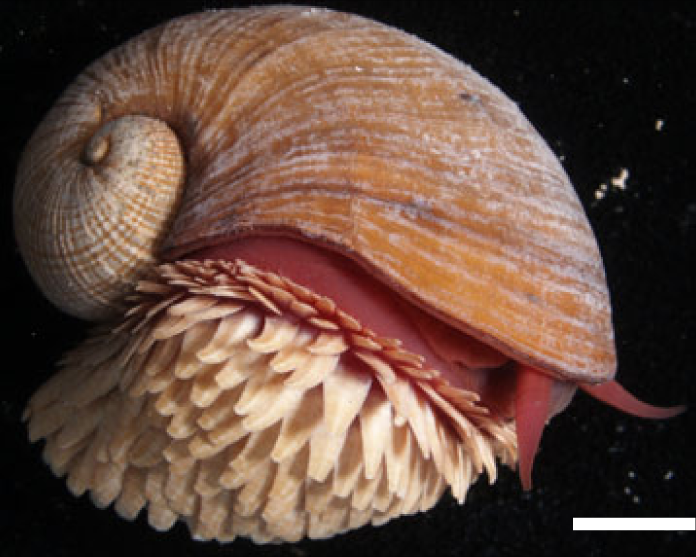
Almost all snails use fragile shells for protection, but the scaly-foot snail has adapted to something much more remarkable, a metallic scales suit. Its fleshy foot is covered with hundreds of overlapping iron-sulfide plates that create a chainmail-like natural armor to deflect predators such as deep-sea crabs. These scales aren’t just hardened keratin; they’re fortified with iron and sulfur absorbed from the superheated plumes of hydrothermal vents.
Even more astonishing? The snail’s shell is reinforced with iron sulfide, making it the only known animal to incorporate metal into its skeleton. When preserved in museums, these snails must be kept in alcohol instead of water otherwise, they rust.
Surviving in a Pressure Cooker: Life at 750°F (400°C)
Only in the vicinity of black smoker chimneys, where hot, mineral-rich water erupts from the seafloor at temperatures as high as 752°F (400°C), does the scaly-foot snail reside. By clinging to cooler edges, where the water hovers around a still-lethal 50°F (10°C), the snail itself avoids boiling.
It has developed a slow metabolism and heat-resistant proteins to withstand this conflagration, moving at a glacial pace to save energy. However, what is its most important modification? a symbiotic relationship with bacteria that efficiently produce food for it within its body.
The Snail With a Heart Bigger Than Its Body
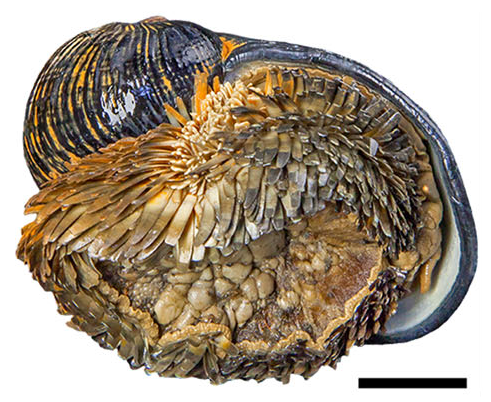
At 4% of its total body volume, the scaly-foot snail’s heart is proportionally the largest of any animal (a human heart makes up only around 0.3% of body weight). Every breath is a struggle in the oxygen-starved deep sea, where this enormous pump is necessary for survival.
The heart doesn’t just sustain the snail it also fuels the bacterial farms in its esophagus. These microbes convert toxic vent chemicals into energy, meaning the snail never needs to eat. It’s one of the few animals that lives entirely on internal symbionts.
Hermaphrodites of the Abyss: A Lonely Love Life
Like many deep-sea creatures, scaly-foot snails are hermaphrodites, possessing both male and female reproductive organs. But finding a mate isn’t easy they live in isolated colonies scattered across just three known vent fields near Mauritius.
Their breeding strategy remains a mystery, but scientists suspect they release floating egg capsules into the currents, hoping some will reach another vent. Given their microscopic habitat range (just 0.008 square miles), the odds aren’t in their favor.
The First Animal Endangered by Deep-Sea Mining
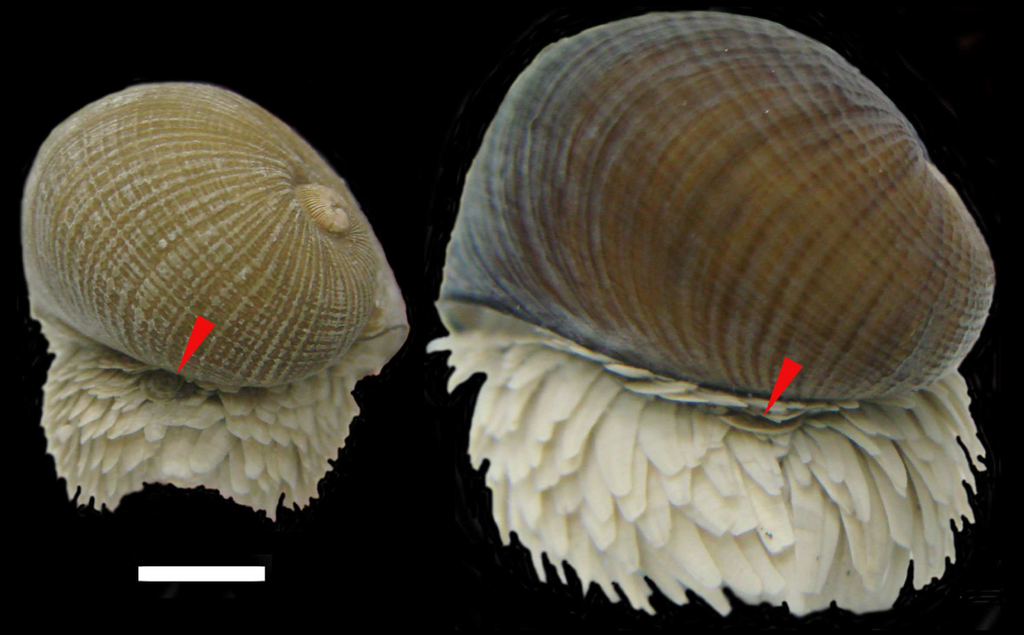
In 2019, the scaly-foot snail made history as the first species listed as endangered due to deep-sea mining. The International Union for Conservation of Nature (IUCN) warned that two of its three known habitats are at risk from mining operations seeking rare metals like cobalt and gold.
These vents are irreplaceable ecosystems, forming over millennia. If destroyed, the snails and countless other undiscovered species could vanish before we even study them.
Could This Snail Hold the Key to Unbreakable Armor?
Beyond its significance in ecology, the scaly-foot snail’s armor-like biology has entranced material scientists. Even its armor could lead to next-generation body armor or corrosion-resistant coatings all because it was layered with organic and metallic materials.
Scientists are also investigating its symbiotic bacteria, which may hold the key to breakthroughs in waste detoxification or renewal energy. But time is running out.
Will We Save Earth’s Strangest Snail Or Lose It Forever?
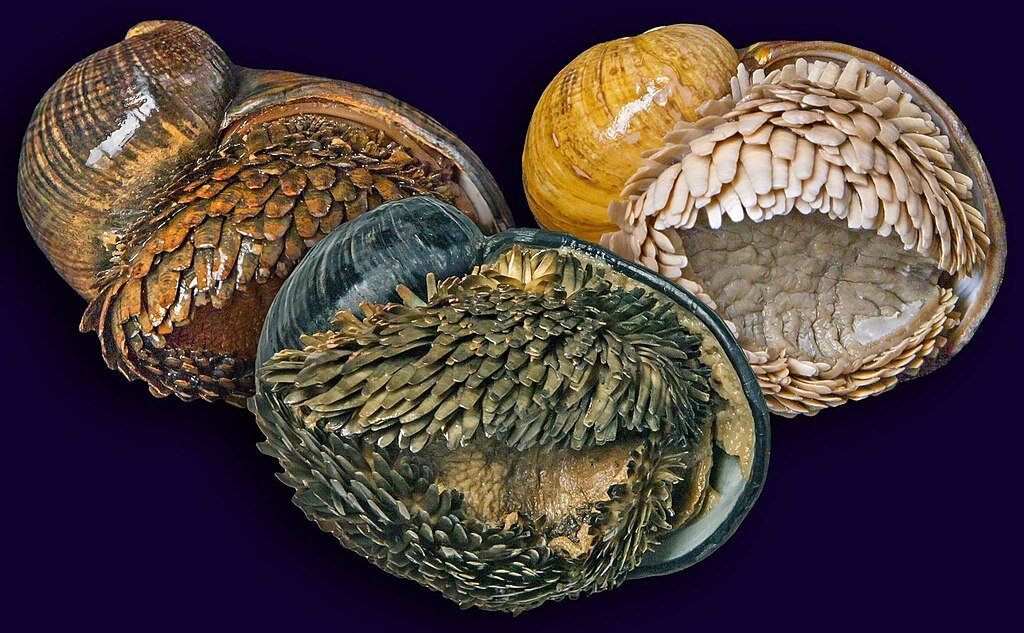
For the scaly-foot snail is a prime example of evolution’s inventiveness, developing where no other animal can live. But its fate depends on a worldwide competition for deep-sea resources. Conservationists call for marine protected areas before mining licenses have been granted.
If we do it now, this iron-plated wonder might last. If not, it could suffer the fate of yet another ghost of the deep a relic of a world we hardly knew.
One question now remains: Do we want to preserve this alien-like wonder, or leave it to rust away into oblivion?
Sources:

Jan loves Wildlife and Animals and is one of the founders of Animals Around The Globe. He holds an MSc in Finance & Economics and is a passionate PADI Open Water Diver. His favorite animals are Mountain Gorillas, Tigers, and Great White Sharks. He lived in South Africa, Germany, the USA, Ireland, Italy, China, and Australia. Before AATG, Jan worked for Google, Axel Springer, BMW and others.

